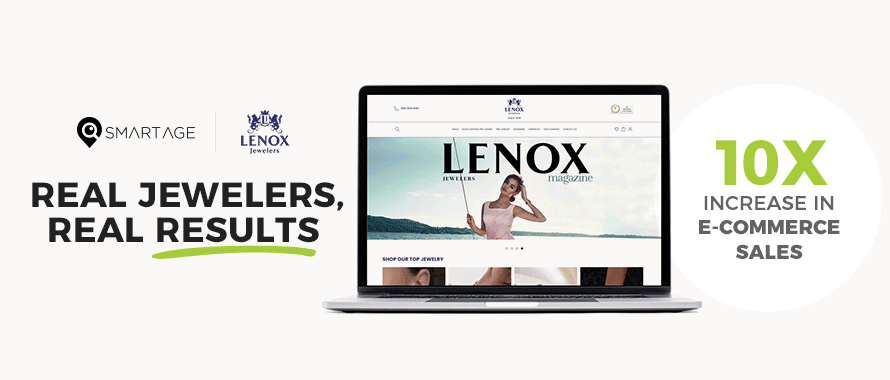Jewelry ECOMM Tech
5 Types of Email Marketing Automation for Your Jewelry Brand June 05, 2019 (0 comments)

Email marketing is still one of the best and most personalized ways to engage with both your prospective and current customers. While strategies related to social media marketing and SEO frequently must change, since new algorithms are regularly being created, the best practices for email marketing have remained fairly consistent over the years.
You may already be sending regular emails to your customers. For example, do you send news about new products and promotions? Do you update your customers with press about your jewelry? If so, you’re already doing a great job engaging your audience. However, you may be missing out on a major component of email marketing if you’re not taking advantage of automation.
In this article, wel discuss five of the most common types of email automation and how you can start implementing them for your jewelry brand. These aren’t the only automated emails you could be sending, but they’ll probably be the most useful, especially if you’re just getting started with automation.
The Welcome Email
The Welcome Email is fairly self explanatory - it’s sent to a new subscriber when he or she joins your email marketing list. When crafting your welcome email, remember that you should never take for granted the fact that someone new wants to receive emails from your jewelry brand. Since most people today have saturated email inboxes, they won’t often sign up for new email newsletters unless they really want to hear from a brand. Be sure to express your gratitude, take a moment to “wow” the customer, try to build trust, and consider offering a reward in return, like a promo code. To see examples of some great welcome emails, click here (https://optinmonster.com/
The Abandoned Cart Email
According to data from Shopify, “roughly 60-80% of online shopping carts are abandoned before the customer completes a sale” (https://www.shopify.com/blog/
(https://optinmonster.com/
The Post-Purchase Email
Congrats on making the sale! Now, you’ll want to share your gratitude with the customer and offer him or her incentives to return and purchase more jewelry. Immediately after the purchase, you can send a “thank you” email. A few days after the customer receives the item, you can send a “check in” email to see how the customer likes the jewelry, or you can send an email asking the customer to review the purchase. To see examples of some great post-purchase emails, click here (http://smartmail.io/
The Re-Engagement Email
Do you have people on your email marketing list who simply won’t open your emails? It may be time to re-engage them, to either inspire them to start opening your emails or to clean them from your subscriber list. You may be wondering, “Why would I want to purge someone from the list I’ve worked so hard to build?” The truth is that some of these email addresses may simply be old, so they’re simply adding dead weight to your list. To see examples of some great re-engagement emails, click here (https://blog.hubspot.com/
The Birthday or Anniversary Email
One of the best things about automation is that you can combine it with personalization for maximum impact. Do you know your customer’s birthday? If so, schedule an email to be sent on that date and include a thoughtful birthday wish and a promo code. Has it been a year since the customer’s first purchase? Celebrate that anniversary by inviting the customer to freshen up the jewelry box with a promo code. To see examples of some great birthday emails, click here (https://blog.ometria.com/
Most email marketing platforms, like Mailchimp, make it easy for you to set up an email automation. With Mailchimp, for example, you simply choose “automated” when you create a new campaign. Then, Mailchimp will provide you with some suggestions, which make it easy to send the types of emails we mentioned above. Once you choose your automation and design your email, you can select the appropriate audience for the automation and then decide when the emails are sent.
You should also know that email automation doesn’t only need to be just one email. In fact, it can be a series of emails, sent over a designated period of time. For example, your welcome email automation could be a series of four emails: 1) an email thanking the customer for signing up; 2) an email that explains how the customer can keep up with the brand on social media; 3) an email that takes the customers behind the scenes; and 4) an email that provides more information about the brand’s vision and mission.
Not only does email automation save you time, but it also enables your jewelry brand to keep your customers engaged - with little effort on your part.


